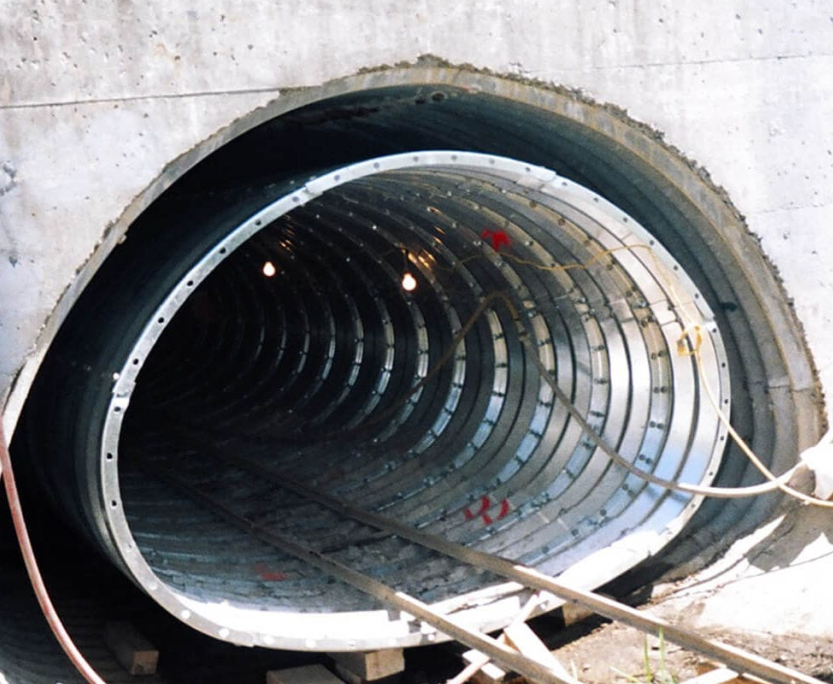Aug. 13, 2020
Steel corrugated pipe culvert, also called corrugated pipe culvert, refers to corrugated pipes for culverts buried under highways and railways. The steel corrugated pipe culvert adopts standardized design, centralized production, and short production cycle; on-site installation of civil engineering and profile installation can be implemented separately, the construction period is short, and the conventional building materials are reduced or completely abandoned, which has far-reaching environmental protection significance; and has the ability to adapt to foundation deformation and stress The situation is reasonable and the advantage of reducing uneven settlement.
Corrugated steel structure has been used in highway culverts with its superior structural safety and convenient construction advantages. Especially used for surface water-passing culverts, compared with concrete culverts, it has obvious advantages such as low cost, fast construction, and adaptation to uneven settlement.
However, the inner wall of Spiral Corrugated Pipe is also corrugated, and the steel structure is galvanized for corrosion protection. At the bottom of mountain ditch with turbulent water, especially in the rainy season, the inner wall of the bellows may be impacted by rocks brought by the current. The galvanized layer on the inner wall is easily hit by stones, which affects the anti-corrosion effect.

Spiral Corrugated Pipe
In the project, the method of intercepting stones and increasing inner wall protection is generally adopted to solve this problem.
1. Concrete lining
Concrete lining is generally used for structural repair, and can also be used as a supplementary wear layer for new corrugated steel culverts. It is recommended to do it after the filling of the upper part of the structure is completed and the initial deformation and settlement of the structure have occurred (generally it is recommended that the structure be installed 6 months later).
(1) 40MPa fiber reinforced concrete, with a pure polypropylene fiber content of 0.9kg/m3;
(2) Minimum concrete thickness: 150mm above the trough or 75mm above the crest;
(3) Minimum amount of steel bars: steel bars or steel meshes are not less than 500mm2/m.
2. Asphalt lining
It is also possible to use asphalt or polymer modified asphalt to replace the concrete lining (arch bottom or full circumference). Generally, the thickness is not less than 3.2mm above the crest.
3. Steel lining
Double-wall corrugated steel is formed into a double-layer corrugated steel structure with corrugated outside and smooth inside in the process of corrugated pipe processing.
4. Plastic lining
After the structure is installed and before the formal use, a layer of liner molded from wear-resistant engineering plastics is installed on the inner wall. It is produced by corrugated steel manufacturers, molded in blocks and spliced on site.
5. The hole is blocked
Set one or more layers of steel mesh at the entrance of the culvert to intercept large stones from entering the culvert, thereby protecting the inner wall of the culvert. It is also possible to consider setting up a sunken stone well at the entrance of the cave, but this method is more troublesome in construction and requires frequent inspection and cleaning.
Other Blog
 Highway Construction
Highway Construction  Mine Projection
Mine Projection  Municipal Engineering
Municipal Engineering  Irrigation Engineering
Irrigation Engineering  Railway Construction Projection
Railway Construction Projection  Other Application
Other Application Do you need a project solution?
With first-class products and services, and make greater contributions